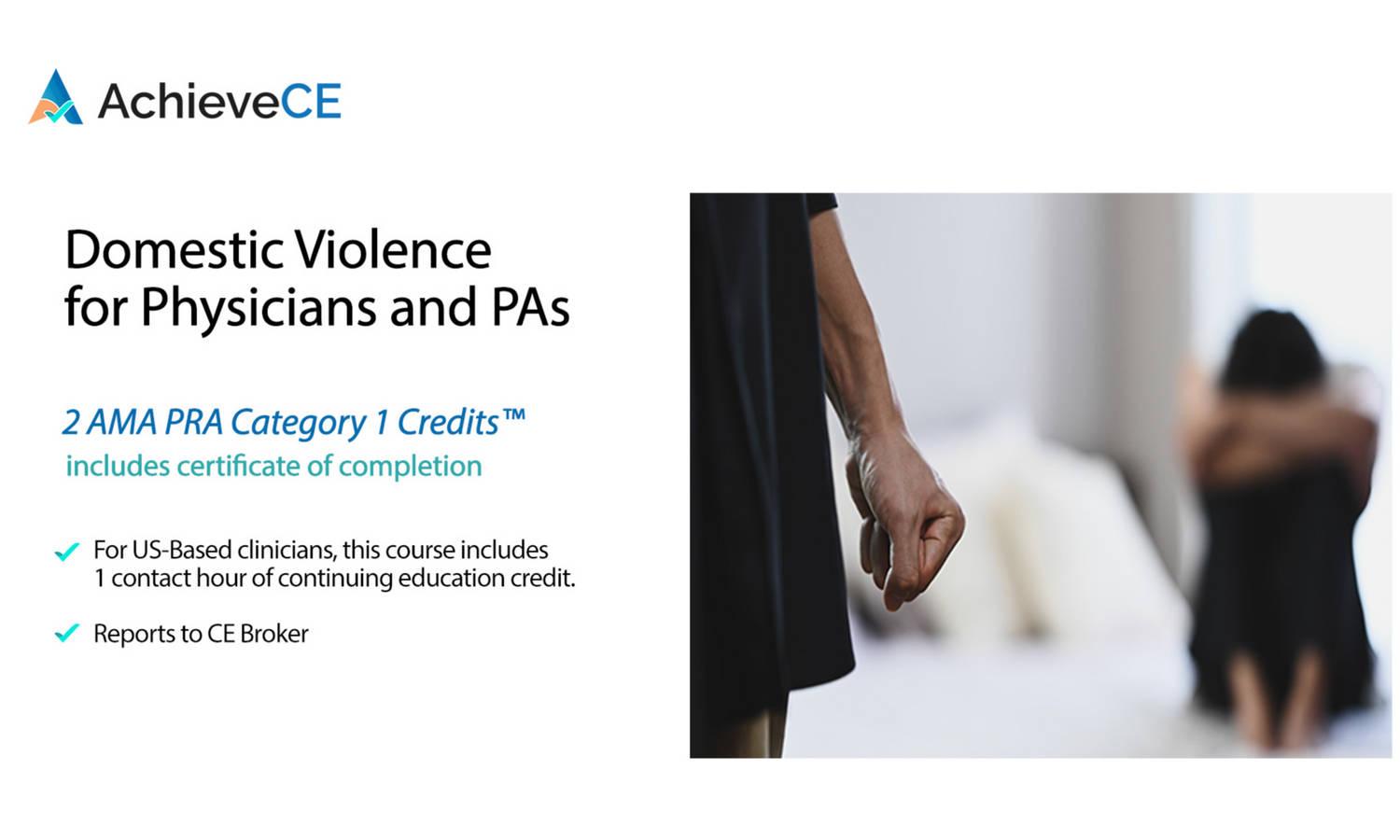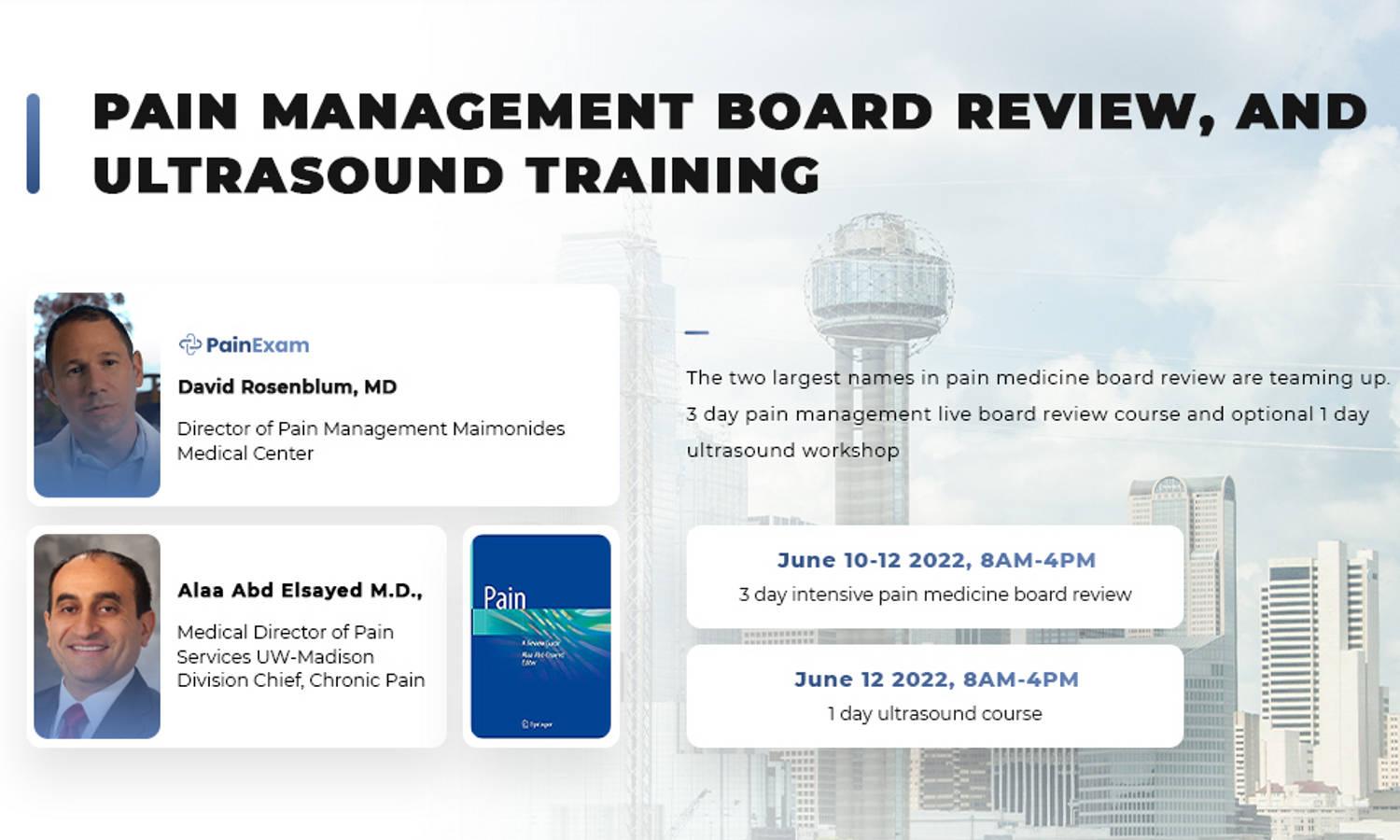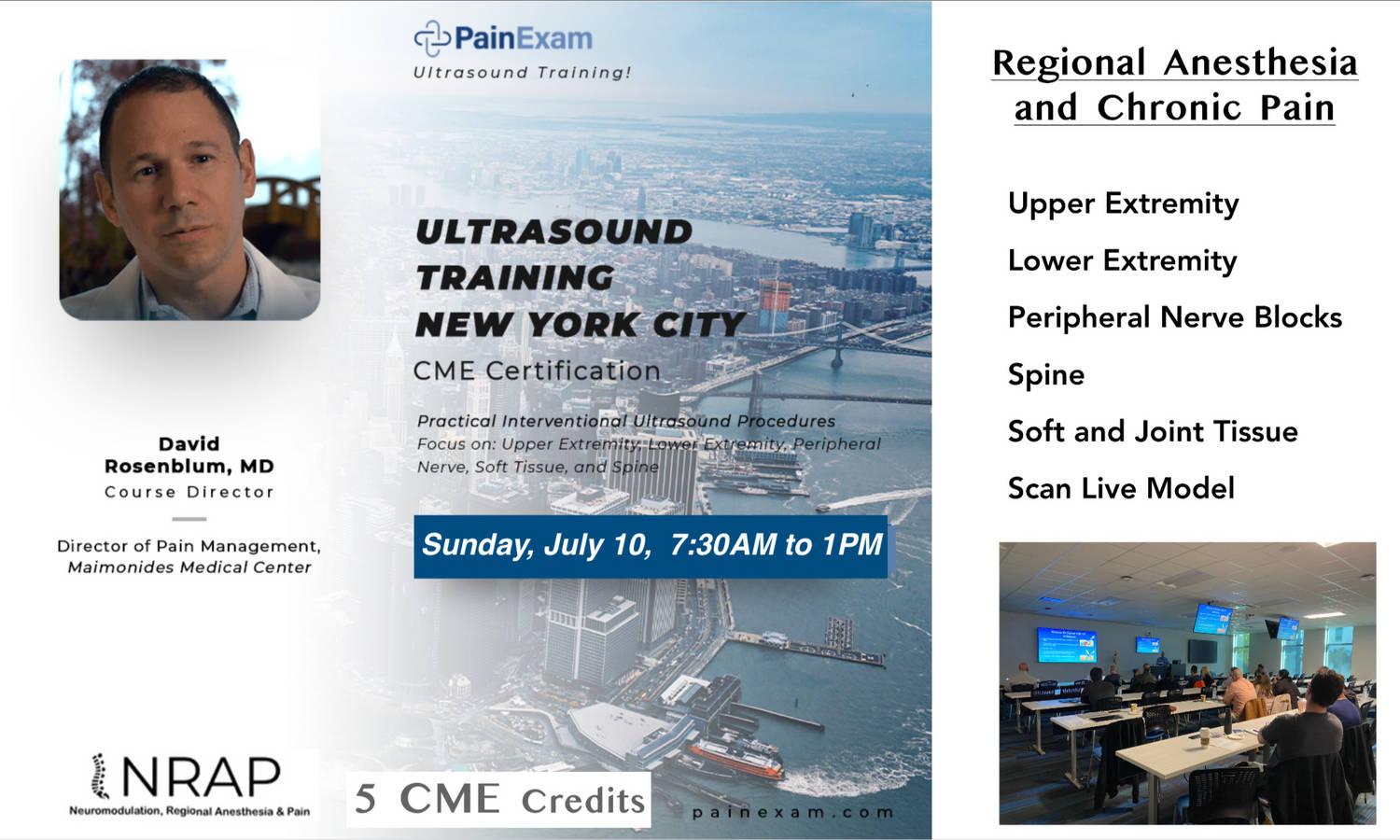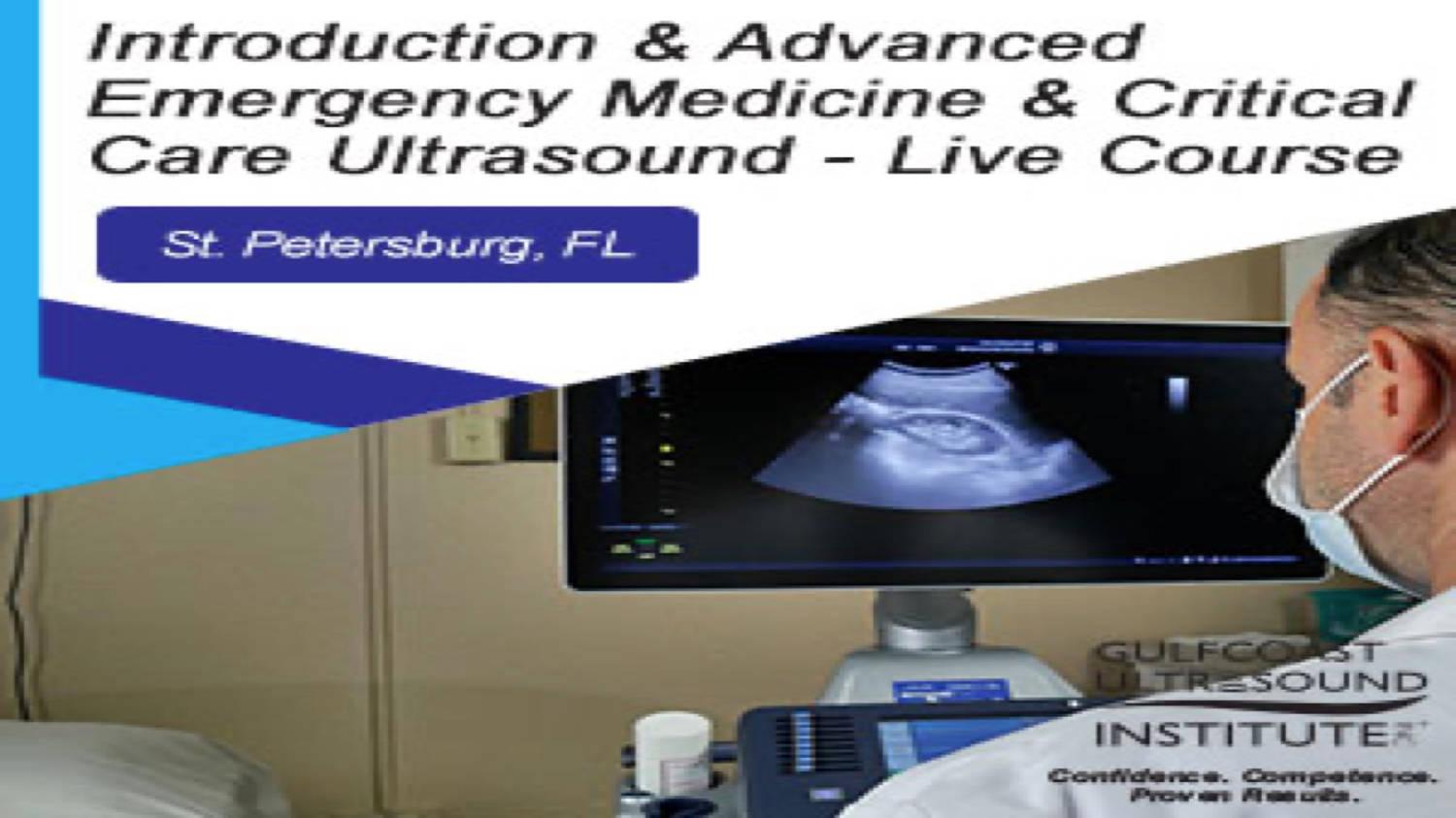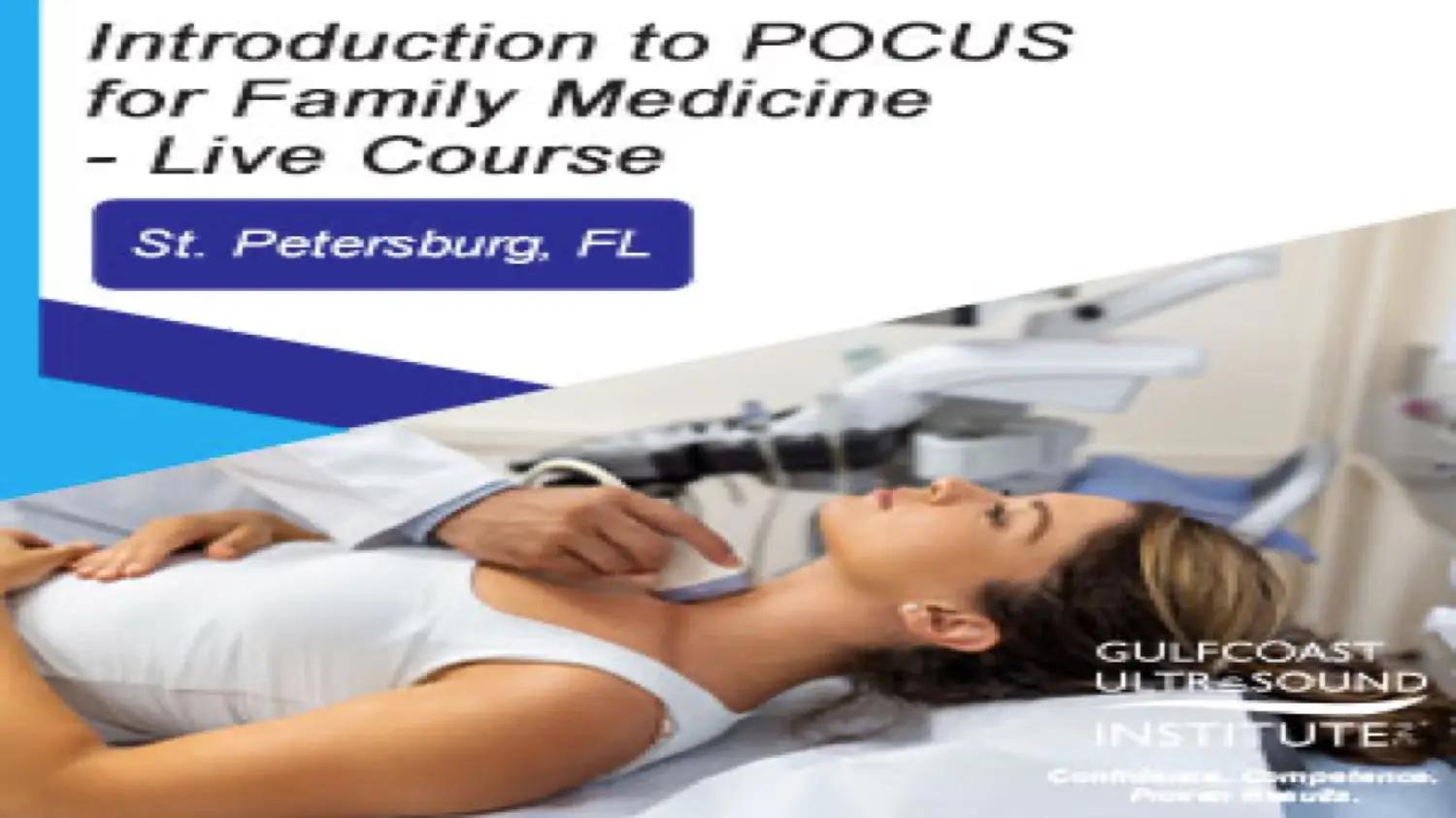
Comprehensive CME Courses Bundle for Primary Care, Family Medicine, General Medicine Physicians, and Internists
 hosted byeMedEd, Inc.
hosted byeMedEd, Inc.


Online CME courses that will take your clinical skills to the next level
This inclusive course bundle is for Primary Care Physicians, Family Medicine Practitioners, General Medicine Physicians, and Internists. It provides comprehensive updates and practical guidance to enhance patient care with state-of-the-art practices. Completing this course bundle allows you to fulfill the Continuing Medical Education (CME) credits necessary for renewing your state medical board license.
Note : You can complete the courses within one year of your purchase or before the expiration of your license, allowing you to learn at your convenience and pace.
Cardiovascular Disease in Diabetes
1. Discuss the pathophysiology between diabetes mellitus and cardiovascular disease.
2. Recognize the cardiovascular consequences related to hypoglycemia.
3. Cite the complications of diabetes mellitus leading to cardiovascular disease.
4. Identify antidiabetic drugs and discuss their latest clinical trials surrounding the cardiovascular disease.
5. Discuss DM management guidelines and current therapeutic perspectives concerning the cardiovascular disease.
Oral Pharmacology in Type II Diabetes
1. Recognize the classification and diagnostic approach to Type II Diabetes Mellitus.
2. Identify glycemic goals and guidelines when treating patients with Type II Diabetes Mellitus.
3. Identify the current oral pharmacological mechanisms of action, indications and side effects of oral medications used in the treatment of Type II Diabetes Mellitus.
Focal Segmental Glomerulosclerosis
1. Cite the epidemiology of focal segmental glomerulosclerosis.
2. Recall the pathogenesis and genetics of focal segmental glomerulosclerosis
3. Recognize the diagnostic processes required to correctly identify focal segmental glomerulosclerosis.
4. Identify a successful treatment plan to cure or control focal segmental glomerulosclerosis.
Treatment of Essential Hypertension: Focus on Patient Characteristics
1. Identify the newly recommended categories of blood pressure and cite the rationale for the new classification of hypertension.
2. Recognize how risk categories assist in decision-making on hypertension treatment.
3. Outline essential hypertension pathophysiology and how it applies to medication selection for blood pressure control.
4. Cite recommendations for blood pressure management in low-risk and high-risk patients.
Resistant Hypertension: Secondary Causes and Emergencies
1. Define resistant hypertension and cite possible causes.
2. Recognize the etiology and treatment approach to renal artery stenosis.
3. Discuss the evaluation of endocrine causes of resistant hypertension including pheochromocytoma and primary hyperaldosteronism.
4. Cite current recommendations for blood pressure management in patients with resistant hypertension and hypertensive emergencies.
COPD: Review of Current Treatment Guidelines
1. Examine pharmacological assessment tools used in the diagnosis and staging of COPD.
2. Cite the various pharmacotherapeutic options for the treatment of COPD.
3. Design a therapy regimen for patients with symptoms or exacerbations after initial treatment for COPD.
4. Apply evidence-based guidelines in decision making regarding pharmacotherapeutic management of COPD.
Laboratory Studies in Rheumatology
1. Interpret serological studies in patients with rheumatic diseases.
2. Distinguish between the different assay methods in rheumatologic diseases.
3. Recognize the limitations of various assay methods as it relates to interpreting results.
Rheumatoid Arthritis: Pathogenesis, Complications and Treatment recommendations
1. Cite the role genetics, environmental factors, immune cells and proinflammatory cytokines play in the pathogenesis of rheumatoid arthritis.
2. Illustrate the clinical features and complications associated with rheumatoid arthritis.
3. Prescribe treatment for patients with rheumatoid arthritis based upon current guidelines.
Flame Out: A Primer on a Physician Challenge
1. Recognize and identify patient safety incidents as they relate to healthcare provider burnout.
2. Identify common signs and symptoms associated with healthcare provider burnout.
3. Identify up-to-date tactics used to address physician burnout.
Antidiabetic Pharmacology Part 2 - Injectables
1. Cite the prevalence, screening, classification and diagnosis of type II diabetes mellitus.
2. Identify the glycemic treatment goals for type II diabetes mellitus.
3. Discuss the indication(s), dosing, pharmacology, side effects and contraindications associated with injectables used in the treatment of type II diabetes mellitus
Case Based Medical Errors in Primary Care
1. Identify how human factors and processes can contribute to medical errors through a case-based approach
2. Implement a practice strategy to prevent medical errors from occurring.
Updates in Asthma Management
1. Cite new updates in the stepwise approach of asthma management in different age ranges.
2. Discuss the role of fractional exhaled nitric oxide and recommendations for indoor allergen mitigation in asthma management.
3. Identify recommendations for the use of intermittent inhaled corticosteroids and long-acting muscarinic antagonists in the treatment of asthma.
4. Identify recommendations for the use of sublingual and subcutaneous immunotherapy in the treatment of allergic asthma
5. Identify recommendations for use of bronchial thermoplasty to improve outcomes in allergic asthma
6. Cite the definition, pathophysiology, and classification of asthma
Crystal Arthropathies
1. Distinguish the clinical presentations and manifestations of gout and associated medical comorbidities.
2. Prescribe treatment for patients with gout according to recent recommendations and guidelines.
3. Distinguish the clinical presentations, manifestations and treatment of calcium pyrophosphate deposition disease.
Systemic Lupus Erythematosus (SLE)
1. Illustrate mechanisms involved in the etiopathogenesis in SLE, including genetic factors, environmental, and immunologic factors
2. Demonstrate the clinical features of SLE and utilize the classification criteria for SLE.
3. Order and interpret laboratory tests useful in the diagnosis and monitoring of patients
4. Prescribe treatment for patients for SLE using evidence-based results from clinical trials and EULAR guidelines.
Antidiabetic Pharmacology Part 3: Insulin
1. Cite the prevalence of and risk factors associated with diabetes mellitus and prediabetes.
2. Identify the classification, screening and diagnosis of diabetes mellitus.
3. Discuss the pharmacology, indications, dosing, contraindications and side effects of the different types of insulin for treating diabetes mellitus.
Ultrasound of Lung and Pleura
1. Describe the normal anatomy of the lung and pleura as it relates to image acquisition.
2. Identify the appropriate transducer, handling, and Ultrasound setting for best image acquisition.
3. Identify normal Ultrasound artifacts and what they mean including A-lines, curtain, and lung sliding.
4. Describe the diagnostic exam, specifically the three-zone lung.
5. Describe B-lines and their use as a diagnostic tool.
6. Describe US findings of pleural effusion including the names of the special artifacts.
Introduction to Ultrasound
1. Describe clinical application of ultrasound (US).
2. Select an appropriate transducer and correctly orient it for a given Point-Of-Care Ultrasound (POCUS).
3. Describe in basic terms how a two-dimensional image is generated from an ultrasound transducer.
4. Describe hands-on techniques for directing the transducer beam, acquiring adequate ultrasound images, and optimizing machine image settings.
5. List multiple ultrasound artifacts and their clinical significance
Respiratory Distress in Children
1. Describe age differences in pediatric respiratory distress
2. Review how younger children can quickly deteriorate
3. Discuss treatment options
Hypertensive Emergencies
1. Describe hypertensive urgency and emergency
2. Review potential causes of acute hypertension
3. Discuss treatment options
Deep Venous Thrombosis Ultrasound
1. Describe the normal anatomy of the lower extremity deep venous system.
2. Identify the appropriate transducer, handling, and Ultrasound setting for best image acquisition.
3. Interpret the different images of the venous system at different planes along the leg.
Cardiac Ultrasound
1. Describe the four standard cardiac imaging planes in addition to the different views available.
2. Identify the appropriate transducer, handling, and US setting for best image acquisition.
3. Identify surrogates for left ventricular global function.
4. Identify the appropriate views to assess left ventricular function.
5. Describe the appearance of the inferior vena cava on ultrasound.
6. Explain how to use the inferior vena cava on ultrasound clinically.
7. Describe the appearance of pericardial effusion and tamponade ultrasound.
Abdomen Ultrasound
1. Identify the normal anatomy of the free peritoneal fluid, aorta kidneys, pelvis and gallbladder.
2. Identify different transducers used in the US along with proper orientation and movement of the transducers to obtain high quality images of the abdominal content.
3. Describe the Right Upper Quadrant window and how to appropriately access it.
4. Describe the Left Upper Quadrant window and how to appropriately access it.
5. Describe abnormal findings in the kidney, pelvis, aorta and gallbladder.
6. Describe the clinical use of paracentesis and how this is aided by the Ultrasound.


